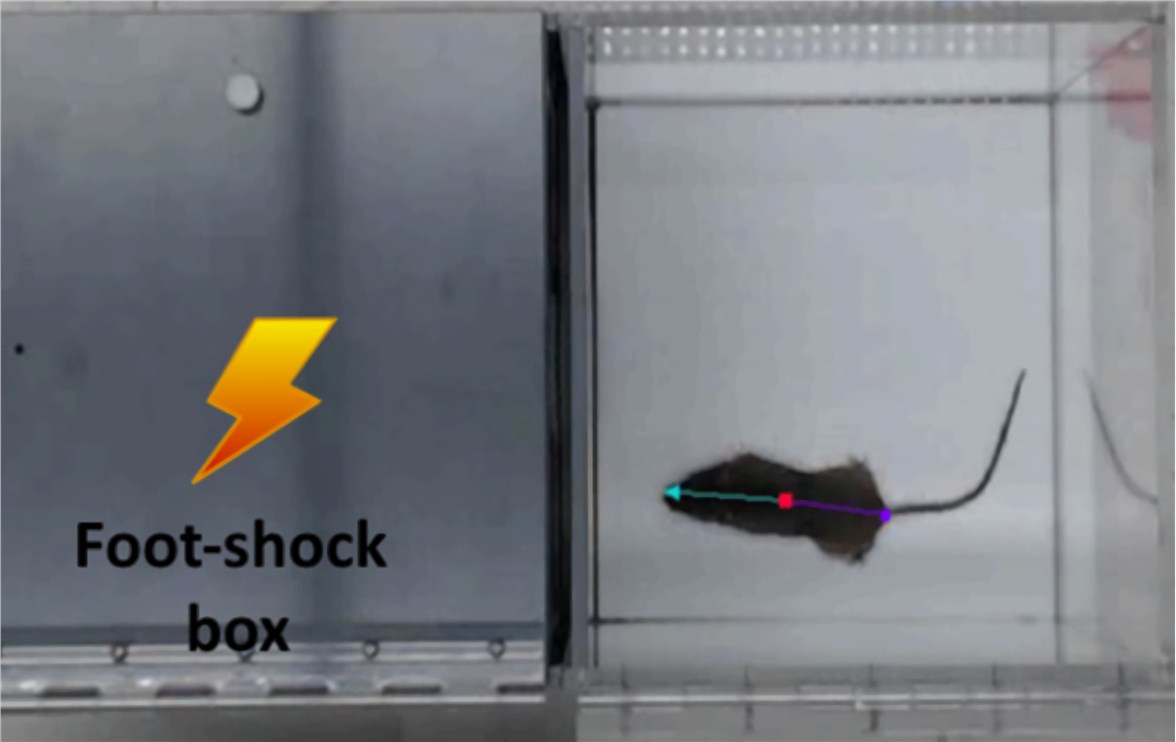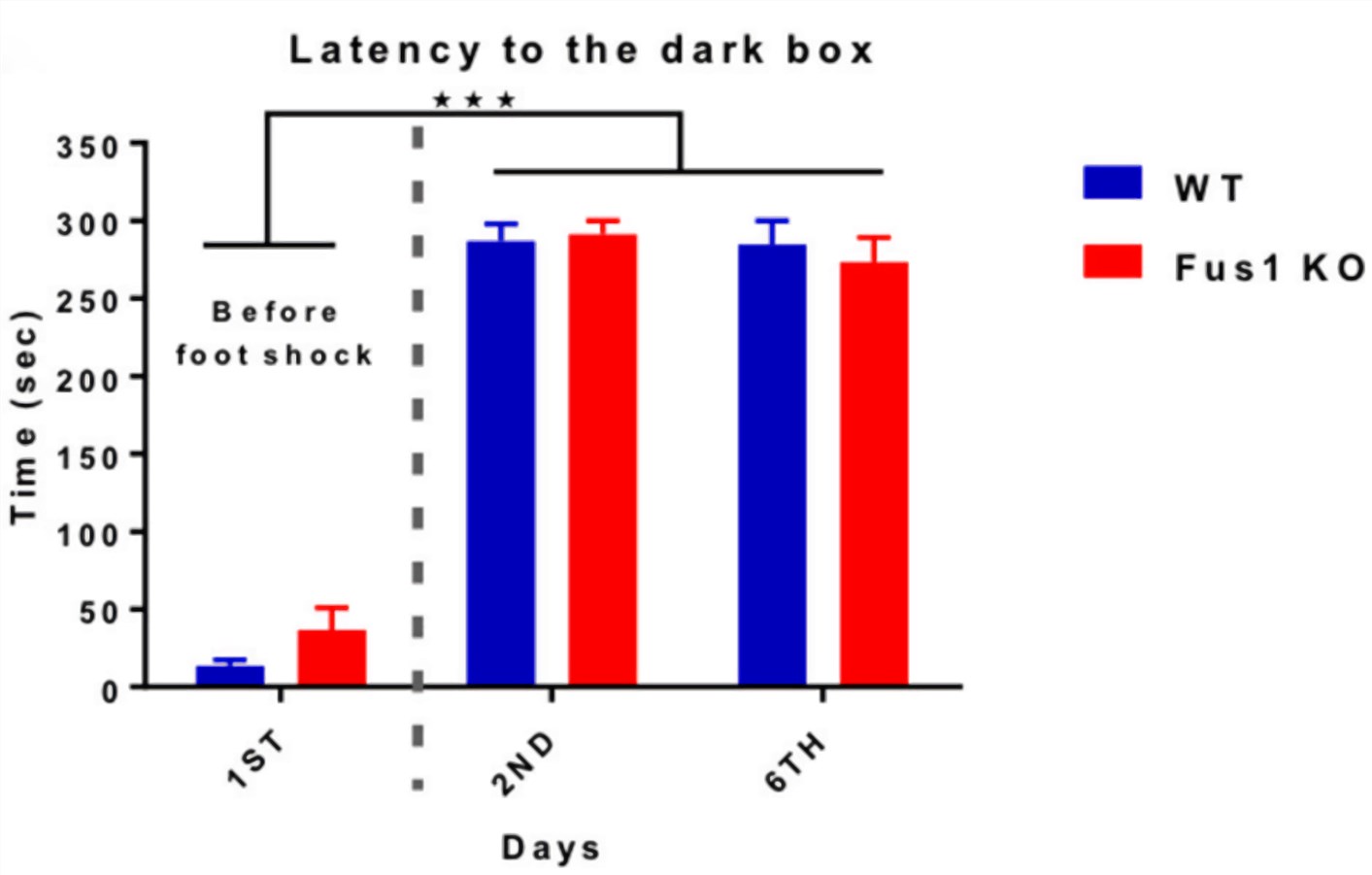Passive Avoidance Test
Passive avoidance is fear-motivated tests classically used to assess long-term memory based on negative reinforcement in small laboratory animals (rat, mice). Creative Biolabs performs this test for evaluating the effect of novel chemical entities on learning and memory as well as studying the mechanisms involved in cognition. Memory performance is assessed by recording the latency to escape from the white compartment.
Introduction of the Passive Avoidance Test
 Fig.1 Passive avoidance test. (Coronassamano et al. 2016)1, 2
Fig.1 Passive avoidance test. (Coronassamano et al. 2016)1, 2
In the test, the animal is placed in a well-lit side of a two-compartment box and offered access through a narrow hole to a closed dark compartment. When the animal enters the dark side following its natural instinct, the opening is closed, and a mild foot shock is given. Thus, during this acquisition phase, the animal learns that the moving to the dark compartment has negative consequences. After the first acquisition, the animal is taken to its home cage and returned to the arena (test phase) after a delay, usually 24 h.
During the test phase the animal is again placed in the white compartment and the passive avoidance response is evaluated. The latency to enter is taken as a measure of the memory strength. Memory performance is positively correlated with the latency to escape from the white compartment; the better the recollection, the greater the latency.
Features of the Passive Avoidance Test
- A curious feature of this task is that animal tested immediately after the experience shows little memory, and that memory retention increases with time.
- The passive avoidance is different from active avoidance procedure in that it involves animal inhibiting its behavior in order to avoid shock.
- The task is very powerful when used to test drug effects on memory consolidation.
- Since it is based on single-trial learning and requires no pretraining, it is a high-throughput behavioral task, which explains its continued popularity, especially in behavioral pharmacology.
- It is a sensitive test for both rats and mice.
 Fig.2 The latency of crossing from the light to the dark box prior to a foot shock (Day 1) and post-foot shock (day 2 and 6) by the WT (blue) and Fus1 KO (red) in a passive avoidance test. (Coronassamano et al. 2016)1, 2
Fig.2 The latency of crossing from the light to the dark box prior to a foot shock (Day 1) and post-foot shock (day 2 and 6) by the WT (blue) and Fus1 KO (red) in a passive avoidance test. (Coronassamano et al. 2016)1, 2
Creative Biolabs has a large battery of well-designed and validated test to assess memory and cognitive functions in rodents. Besides the passive avoidance test described here, we also provide the following tests:
Creative Biolabs provides highly customized behavioral tests to suit specific scientific needs of our clients. Moreover, new behavioral tests of cognition are constantly developed and validated. Moreover, these behavioral tests are widely used in combination with different neurological disease models to test the efficacy of drug candidates. Our comprehensive list of neurological disease models is summarized in the following chart:
For more information, please contact us or send us an inquiry.
References
- Coronassamano, G.; et al. Fus1 KO mouse as a model of oxidative stress-mediated sporadic Alzheimer's disease: circadian disruption and long-term spatial and olfactory memory impairments[J]. Frontiers in Aging Neuroscience. 2016, 8(Pt A):268.
- under Open Access license CC BY 4.0, without modification.
For Research Use Only.
